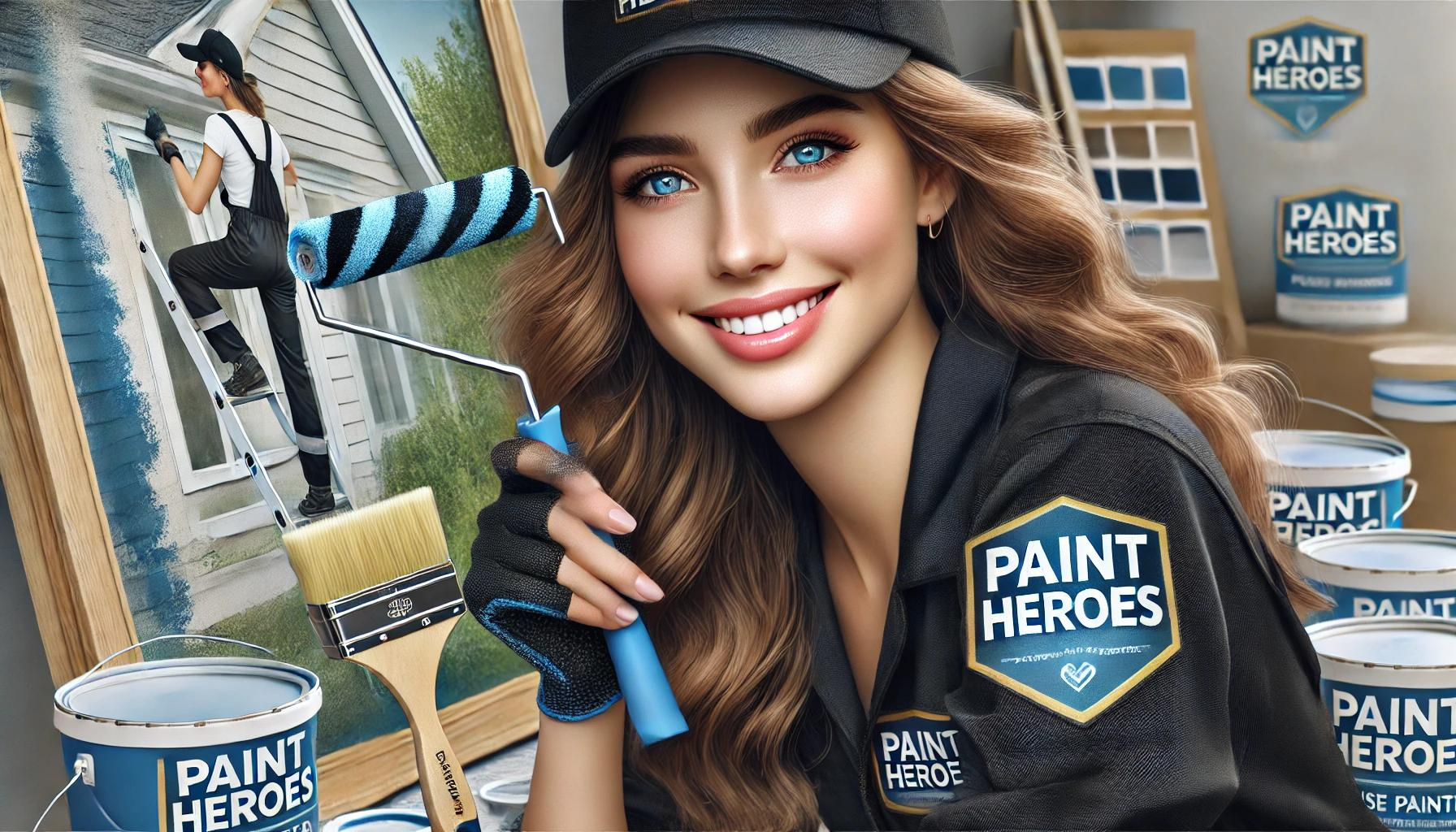Why Don’t Painters Use Black Shirts
Exploring Why Painters Often Opt Out Of Black Shirts
The Practical Reasons Behind Painters' Apparel Choices
How Clothing Color Affects A Painter's Work Environment
One might wonder why, in a field as splattered and messy as painting, professionals rarely choose black shirts as their best attire. As a painter myself, I can share some insightful reasons behind this choice, which revolves around practicality and the effectiveness of our work.
First and foremost, the problem with heat retention in black clothing is a major deterrent. Black absorbs more sunlight and heat than lighter colors, making it uncomfortably warm to wear in scenarios where artists, like those in residential painting, work for long hours, often under direct light or in warm studios. This increased warmth can lead to discomfort and a noticeable decrease in stamina and focus, which are crucial for detailed artistic work.
Another critical aspect is the visibility of paint splashes. Contrary to popular belief, black shirts do not effectively mask stains from most paint colors. Paint tends to have bright, reflective properties, making splashes more visible and prominent on black fabric. This visibility can be a nuisance, as it’s easier to inadvertently transfer wet paint from one's clothes onto areas of the canvas that are meant to remain clean or are already completed.
Reflectivity of the shirt’s color also matters significantly. Black shirts can reflect unwanted hues onto the painting surface, subtly altering how colors appear when mixing and applying them. This is particularly troublesome in delicate color work where the true shade is imperative for the painting’s integrity. Lighter and neutral colors in clothing help maintain color purity by reducing unwanted reflections.
Lastly, the aspect of professional presentation cannot be overlooked. When working in environments where impressions matter, such as galleries or clients' homes, maintaining a neat appearance is beneficial. Lighter colors, despite getting stained, appear cleaner and less disheveled compared to vibrant stains on a dark background, which can seem stark and jarring.
In essence, the choice to avoid black shirts by painters like me is not just a matter of aesthetic but a calculated decision to enhance comfort, efficiency, and accuracy in our artistic process. Opting for lighter or neutral-colored attire facilitates a more controlled and pleasant working environment, directly impacting the quality and execution of our artistic projects.
Why Painters Prefer To Avoid Black Shirts While Working
The Surprising Practicality Behind A Painter's Choice Of Apparel
Understanding Color Reflection And Stain Visibility
As someone who often dabbles in painting, you might find it intriguing that many painters, myself included, steer clear of wearing black shirts when engaging in our art. This choice, while seemingly trivial, is deeply rooted in practical reasons that enhance our working experience and efficiency.
Firstly, the issue of heat absorption is a significant factor. Black fabric is notorious for absorbing more heat compared to lighter colors. When painting, particularly outdoors or in unairconditioned studios, wearing a black shirt can become quite uncomfortable. The increased heat not only causes discomfort but can also lead to faster fatigue, reducing the effectiveness of a painting session.
Moreover, the visibility of paint splatters plays a crucial role. While one might assume that black shirts hide stains well, the reality is quite the opposite when it comes to painting. Many pigments used in paints are vivid and often contain a degree of luminosity that makes splatters stand out against the dark fabric. For painters like myself, spotting these splatters quickly is essential. It allows us to prevent the unintentional smudging of these colors onto other parts of the canvas or different artworks.
Additionally, the influence of color reflection should not be underestimated. Black shirts can reflect undesirable undertones onto the painting surface, subtly altering the appearance and colors of our artwork under different lighting conditions. This is especially problematic when striving for accurate color representation. Lighter colored shirts, or those that are neutral and non-reflective, ensure that the colors on the palette and canvas remain true to form without any unintended alterations.
Finally, maintaining a professional appearance is also key, especially for those who showcase their work in studios where clients and visitors frequently come and go. Lighter colors tend to present a cleaner, more professional look, even when stained, as they can be less jarring than bright splatters on a stark black background.
While the choice of a black shirt might seem like a practical option for messy activities, for painting, it is not the most effective choice. The comfort, visibility of stains, accurate color perception, and overall professional presentation are all factors that contribute to many painters opting for lighter or more neutral attire.


